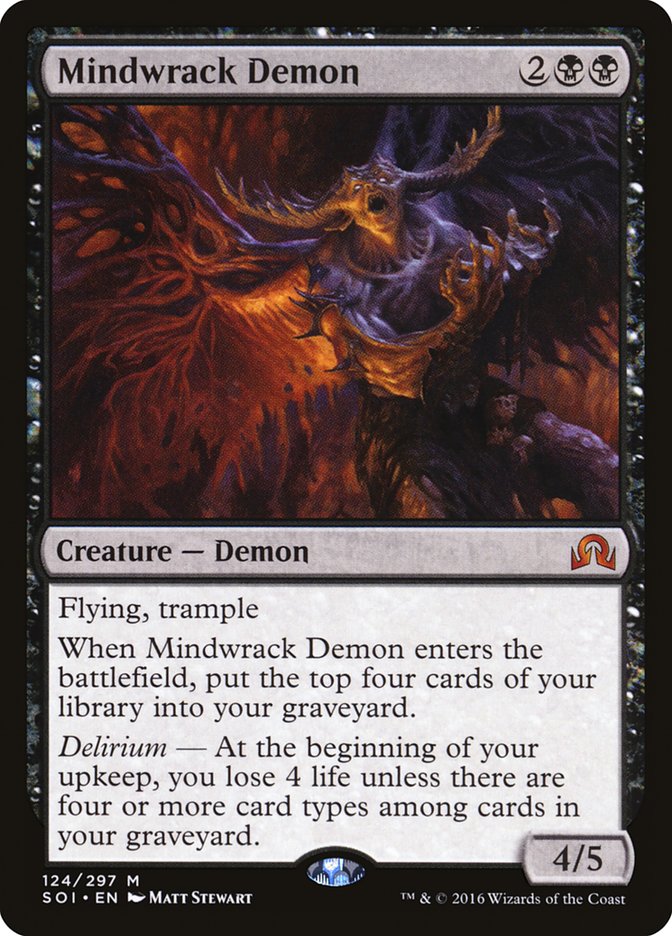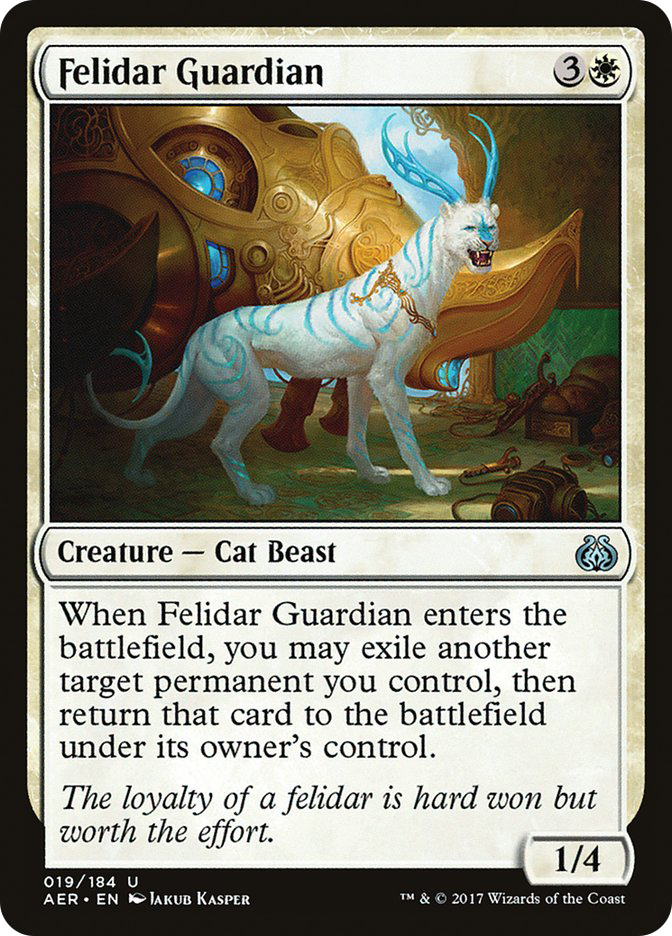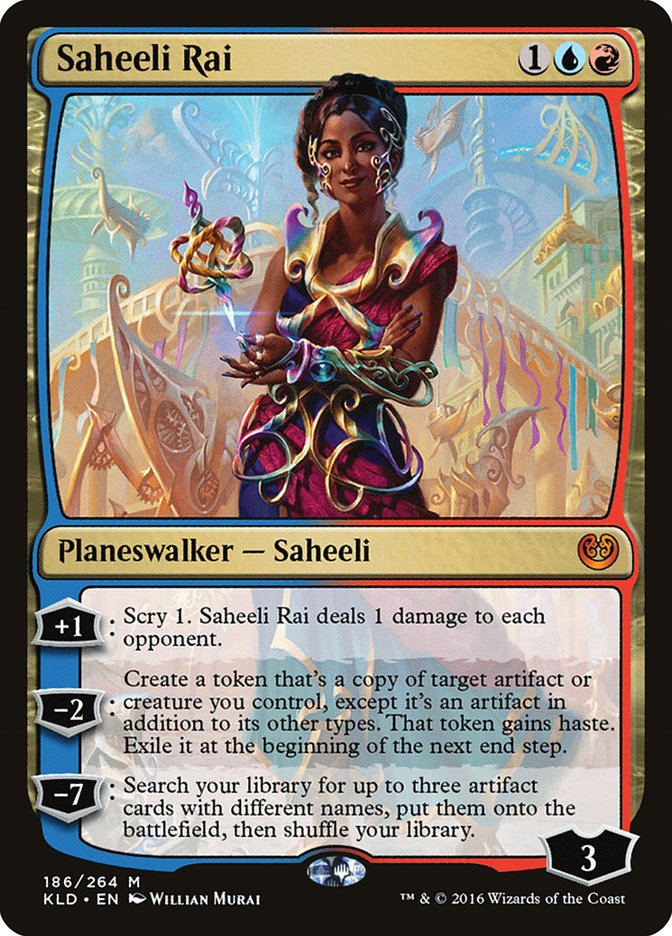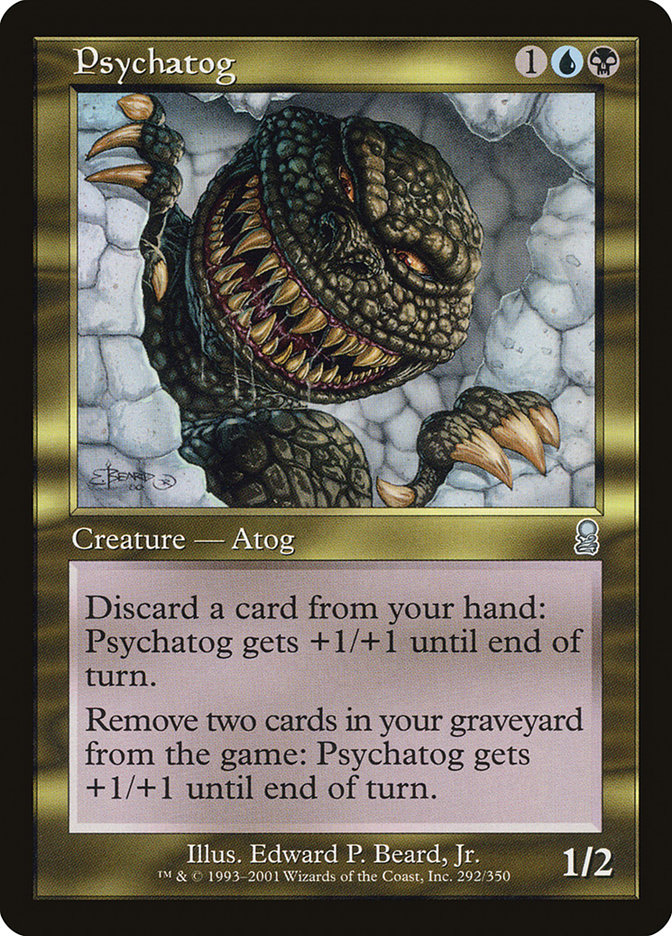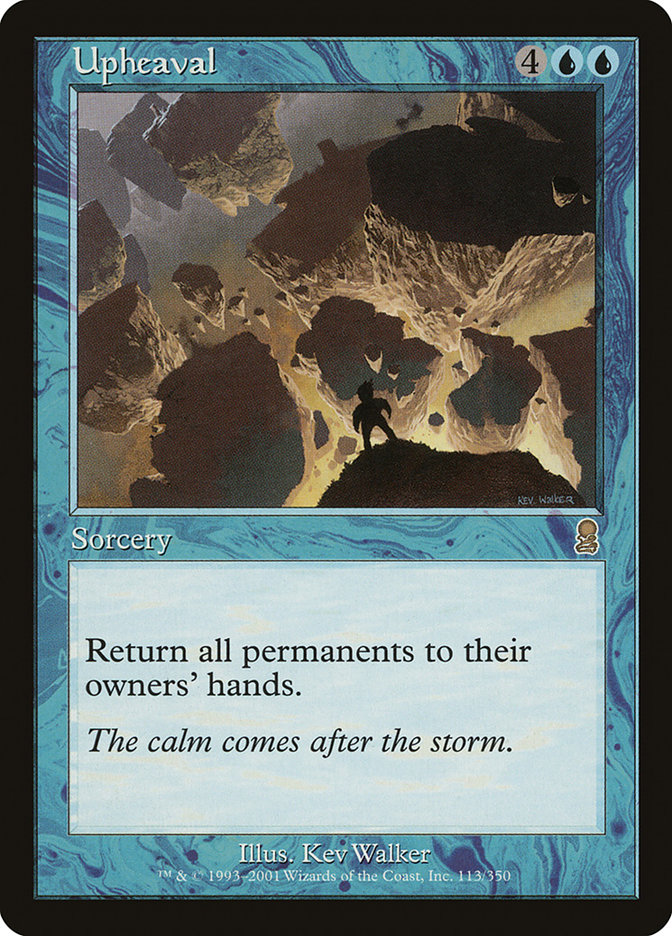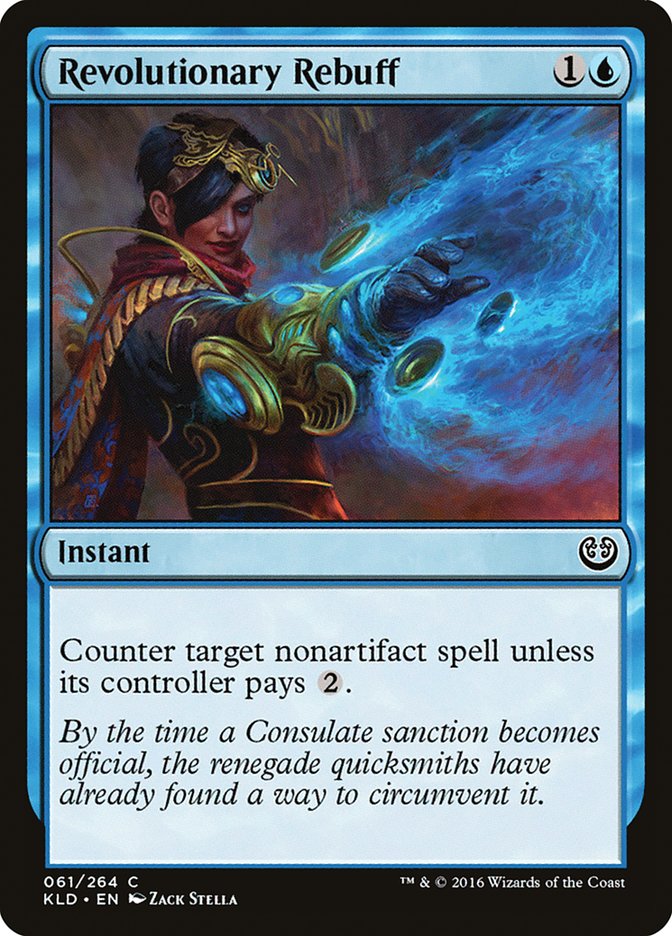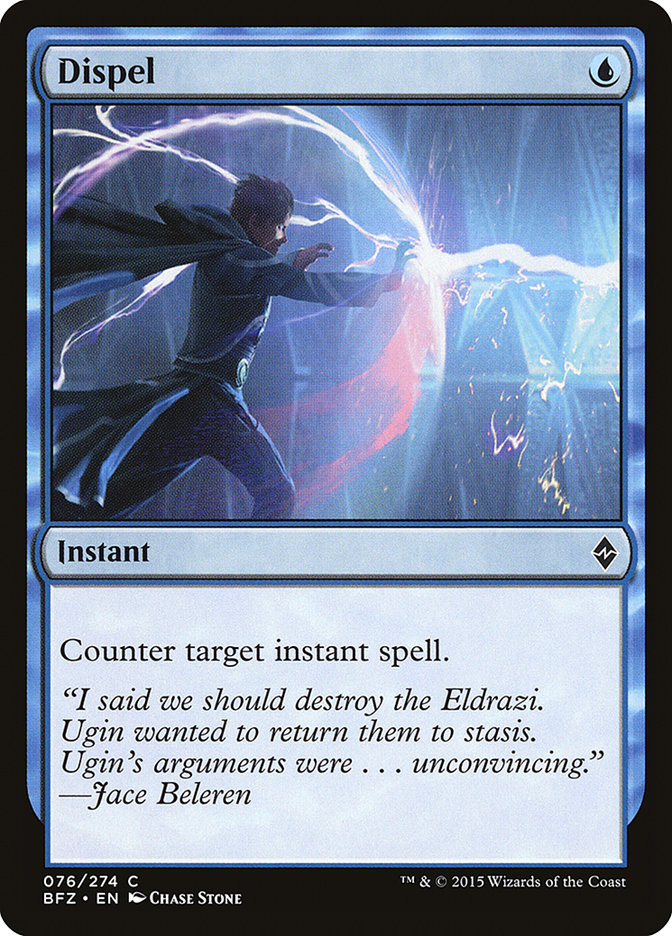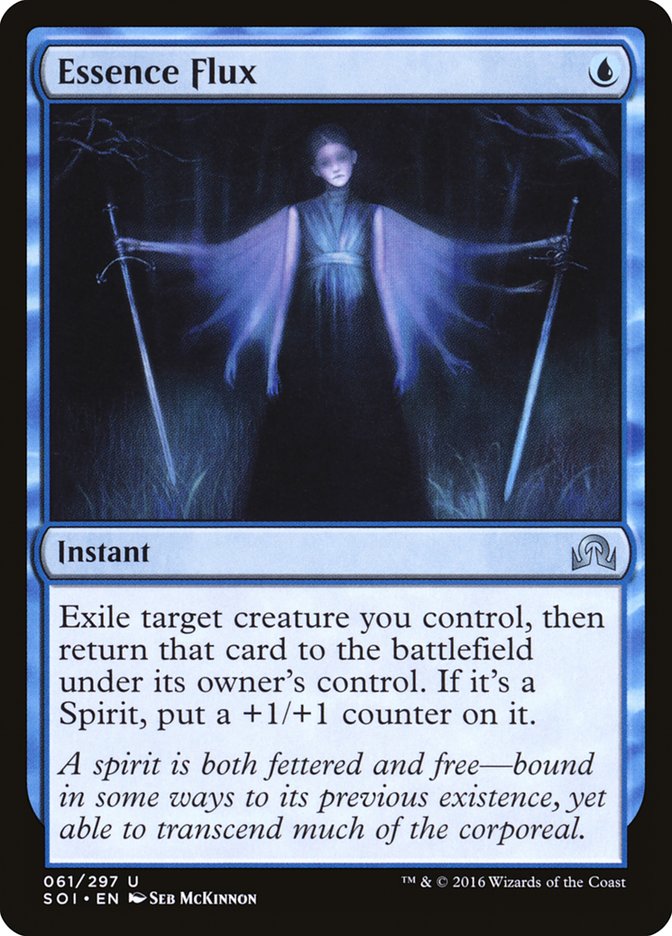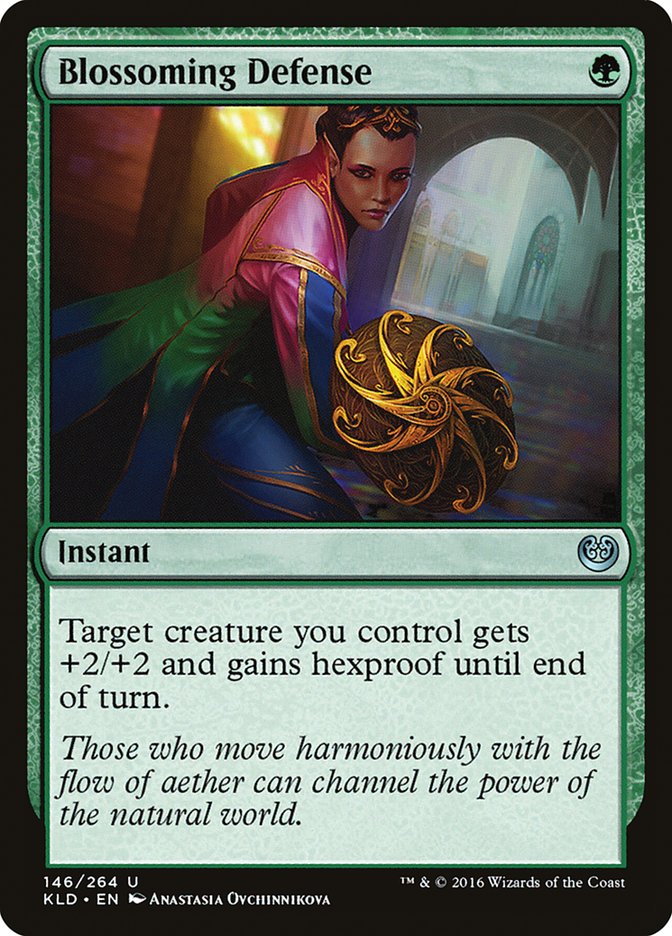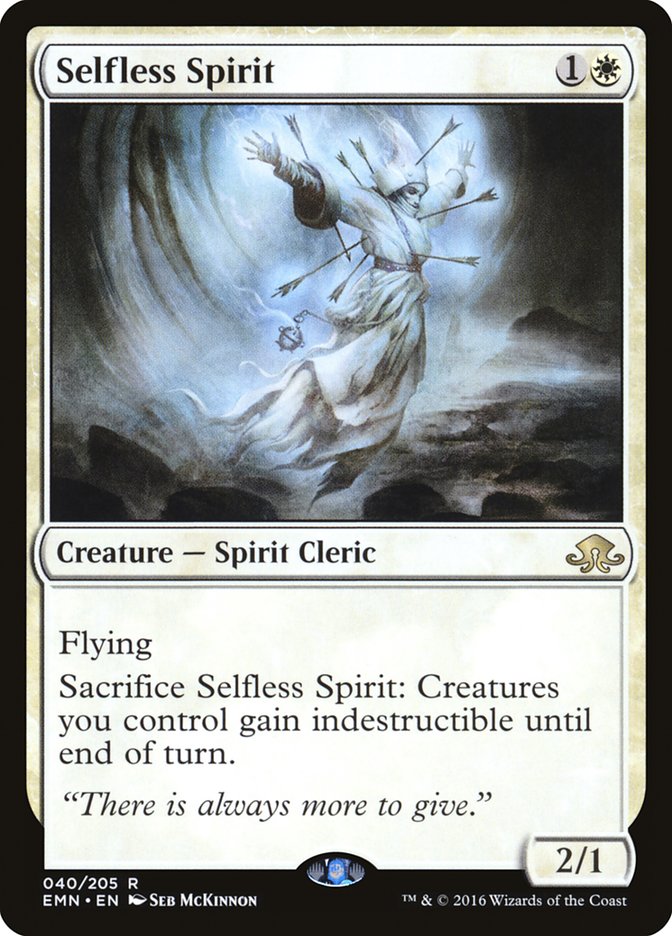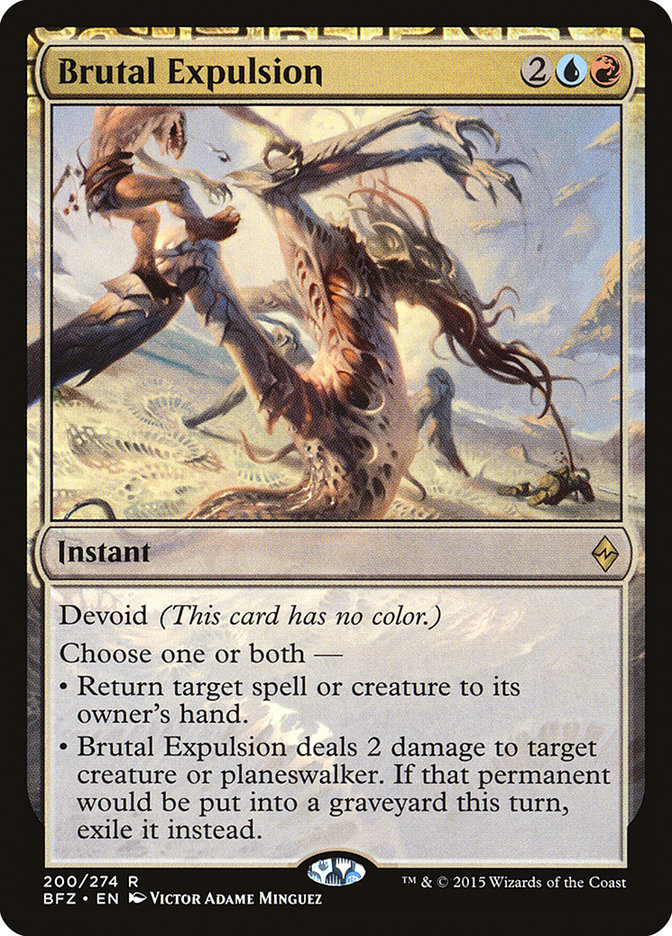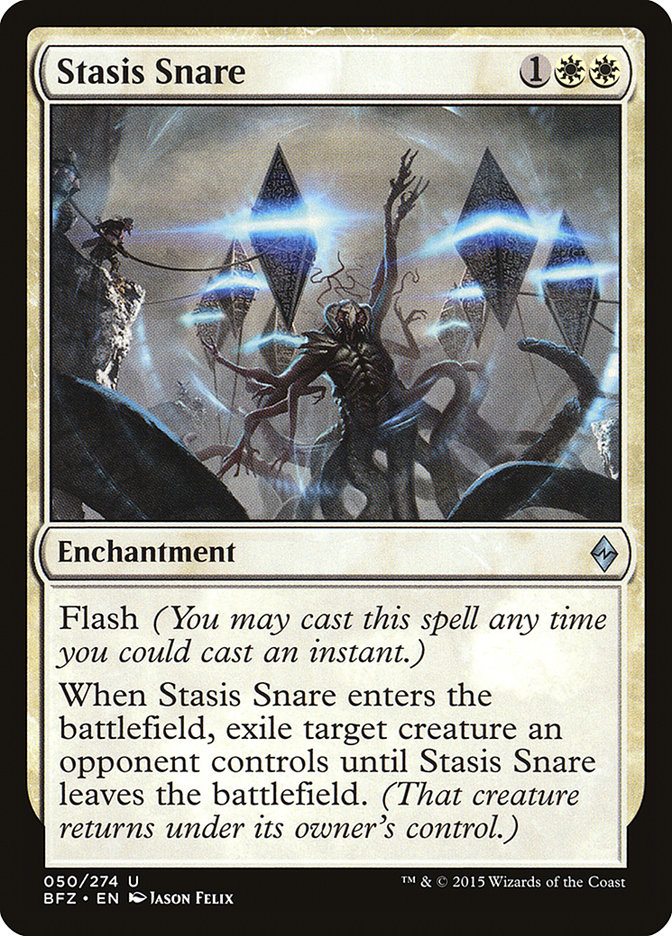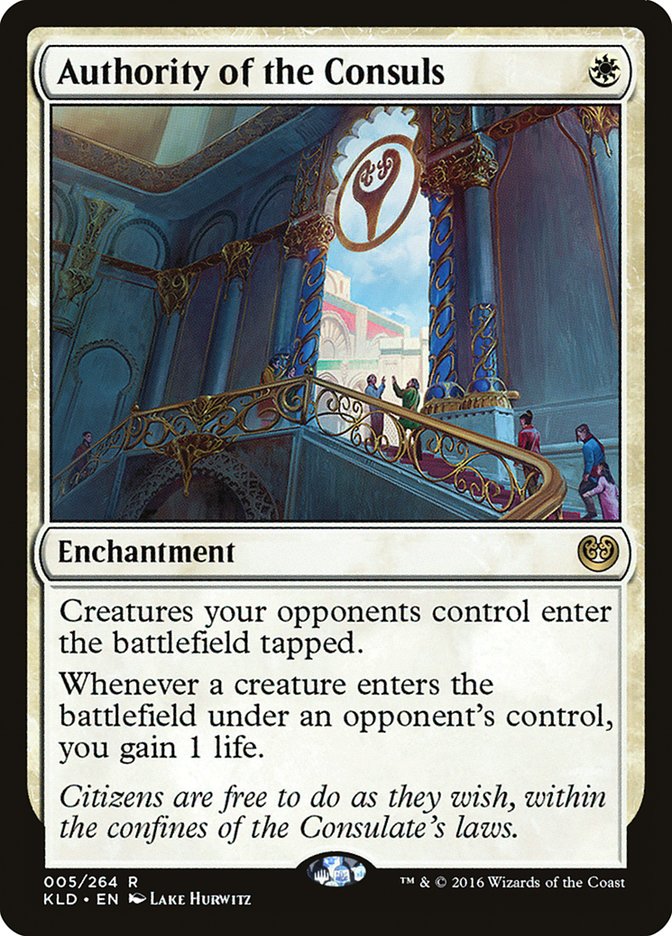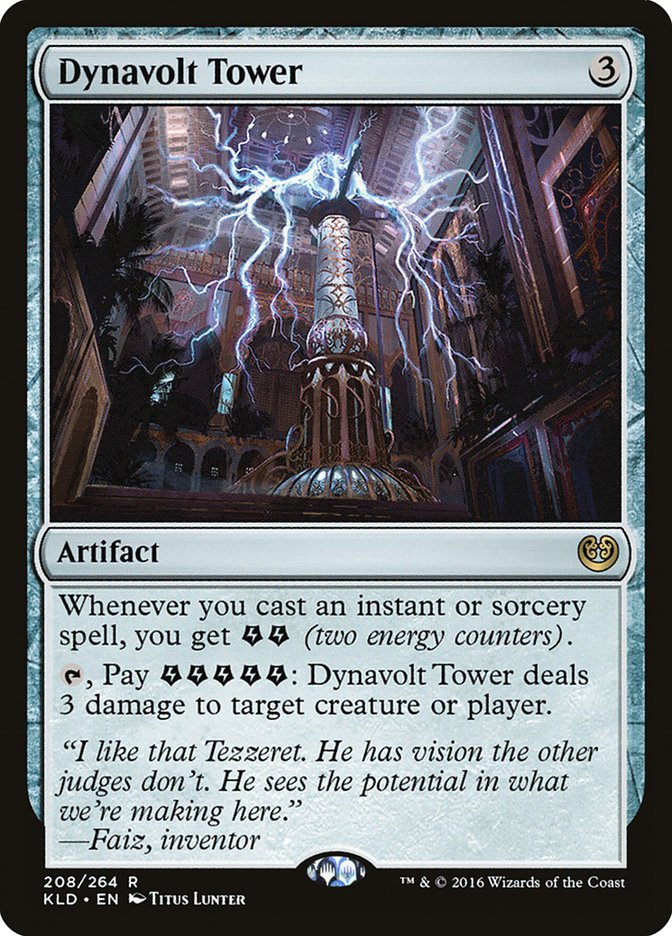Cats, cats, everywhere!
If you’re like me, you may well be glad that we’re seeing this:
…instead of this:
…as the end boss of the most recent Open in Columbus.
Even though the event was eventually won by B/G Delirium sporting a huge handful of new cards, it is safe to say that the overarching dominant deck of the event, if not the weekend, was various versions of Saheeli Rai and Felidar Guardian dedicated to copying Cats.
Lest you have any doubt, you can easily take a look for yourself. While it may be true that other decks put up a showing at the very top-top portion of the event, it is also true that those decks didn’t have quite the target painted on them as Saheeli Rai did.
For me, that target was made most clear during drafting in Madison, when Sam Black looked away from our games to the screen displaying the SCG Tour coverage from Columbus and took note of something that caused many of our heads to turn:
“I guess this is an Authority of the Consuls main kind of format.”
On screen was Hunter Nance, Game 1, Authority of the Consuls on the battlefield. I had to double-check to make sure I wasn’t seeing the game count wrong, but no, there it was.
Here is that deck:
Creatures (15)
- 3 Sylvan Advocate
- 4 Thraben Inspector
- 3 Lambholt Pacifist
- 3 Verdurous Gearhulk
- 2 Rishkar, Peema Renegade
Planeswalkers (8)
Lands (25)
Spells (12)

There is plenty I feel like I could say about Tyler Hill’s deck. When I started the week, I had actually planned to do a write up of the two top-finishing pure control decks, Ray Perez, Jr.’s U/R Control and Jim Davis’s U/B Control deck. The more I looked a the results of this last weekend’s events, though, the more I realized I wanted to dig deeper into Saheeli Rai and see what could be determined about what makes her tick.
I’m a huge fan of data, almost immediately it felt like there was something worth paying attention to from Columbus. Yes, we all knew that this deck was going to show up, but what can we say now that the results are in?
Tiers
If we separate the results from Columbus into tiers based on the performances of the various archetypes, I think a lot can be gleaned. I made these groupings based on the data that was available to me: “Between ten and eleven wins,” “between eleven and twelve wins,” and “better than twelve wins.” This is better known as “30-32 points,” “33-36 points,” and “37+ points”.
Breaking it down this way splits off the two top Saheeli players, both of whom drew in Round 15, as opposed to Daniel Fournier, who made Top 8 by winning his last round but was basically one step down in the race to Top 8 from the other two.
37+ Points
40% – Four-Color Saheeli
60% – Other
33-36 Points
15% – Four-Color Saheeli
11% – Jeskai Saheeli
74% – Other
30-32 Points
13% – Four-Color Saheeli
28% – Jeskai Saheeli
9% – Other Saheeli
50% – Other
One of the important things to note here is the flow of success. The Four-Color Saheeli decks floated to the top, the Jeskai Saheeli lists clearly sifted down a little lower, and then the more radical decks, the Saheeli Aetherworks and Saheeli Panharmonicon decks, were largely at the bottom, with none of those decks breaking the eleven-win margin.
We can’t look to this to be a question of popularity, either. The Top 64 contained the following archetypes:
Jeskai Saheeli – 13
Four-Color Saheeli – 9
G/B (All) – 8
G/W Tokens – 8
Mardu Vehicles – 6
Blue Gearhulk Non-Saheeli Control – 4
Grixis Emerge – 3
Saheeli Aetherworks – 2
Esper Aggro – 2
B/W Aggro – 1
B/R Zombies – 1
W/U Spirits – 1
Bant Eldrazi – 1
Jund Energy – 1
G/R Energy – 1
Saheeli Panharmonicon – 1
Temur Aetherworks – 1
W/R Humans – 1
What is it that allowed the Four-Color Saheeli deck to outshine the Jeskai Saheeli deck? What conclusions can we draw from this? Are there other lessons to be learned?
Combo Piece Count
This is actually something that I started to do towards the end of my analysis, but I found it very interesting in its simplicity.
The fewer pieces of the combo you had, the less likely you were to do well.
While that might sound completely obvious, it is actually the kind of “obvious” that can sometimes not be true. Especially for the deck that might have a secondary gameplan, having “full” access to the maximum combo pieces is sometimes not exactly necessary. Take this fairly popular Modern deck:
Creatures (29)
- 3 Birds of Paradise
- 2 Eternal Witness
- 2 Wall of Roots
- 1 Saffi Eriksdotter
- 3 Kitchen Finks
- 4 Noble Hierarch
- 2 Viscera Seer
- 2 Melira, Sylvok Outcast
- 1 Scavenging Ooze
- 3 Voice of Resurgence
- 2 Anafenza, Kin-Tree Spirit
- 1 Tireless Tracker
- 3 Renegade Rallier
Lands (23)
Spells (8)

The deck could include more copies of Viscera Seer and be able to achieve more kills more quickly versus the proverbial goldfish that just sat in its bowl and watched you combo at it. On the other hand, it doesn’t need to have that many parts of that element of the combo because it can get there over the course of inevitability.
Give it time, and it will getthere. Chord of Calling (as well as the draw phase and random results from Collected Company) will help ensure that the Viscera Seer hits the battlefield eventually. Abzan Company just wants to build a comfortable little castle of safety while it makes its way there.
In a similar vein, Psychatog decks in the days of Upheaval didn’t run four copies of each card, even though Upheaval into Psychatog was a game-winning end-game play. The Jeskai Saheeli decks in some ways remind me of those classic Psychatog decks in that way: they can play a very solid, straightforward control game, and they happen to have a pair of cards in them that can win the game in one fell swoop.
In that way, I can imagine running fewer than eight full copies of the two pieces. I’m even less surprised that the decks that chose to cut copies were nearly all Jeskai Saheeli decks (joined by a single Saheeli Aetherworks and a single Saheeli Panharmonicon deck).
Perhaps with time we’ll find that shaving into full sets of Felidar Guardian and Saheeli Rai is defensible. For now, though, there was a direct correlation between more copies and more success. Not a single build that ran six total copies made eleven wins, and most running seven copies had similar trouble, with only SCG’s own Todd Stevens making it up to eleven wins.
Breaking Down the Weaponry at Hand
While there was a great deal of variation in the grand details of all of the archetypes, one of the things I did was to look at all of the decks in comparison to each other for similarities. What were the overarching themes?
One of the parts that I thought most important were those cards that could be used to protect the combo on the turn that player might be going off (typically countermagic) and what cards that they could use to stop the other player from doing the same (countermagic, removal, and miscellaneous other cards).
There was a clear set of cards that was the most popular:
The real frontrunner in this was Harnessed Lightning, which may be of no surprise to you. Basically nearly every Saheeli Rai deck ran four copies, and while there were a pair of decks that didn’t run four, they still ran three; put another way, Harnessed Lightning was more popular in these decks than Saheeli Rai was.
Nothing else could be counted on, though there were certainly camps.
Robert Graves’s list, with four copies of Spell Queller and Harnessed Lightning and two of Shock, wasn’t just the top performing Saheeli Rai list in the event; it also happens to be the most likely shell for a successful Four-Color Saheeli list. The closer lists were to his list, the more likely they were to have done well.
Creatures (20)
- 4 Spell Queller
- 2 Cloudblazer
- 1 Whirler Virtuoso
- 4 Servant of the Conduit
- 4 Rogue Refiner
- 1 Shielded Aether Thief
- 4 Felidar Guardian
Planeswalkers (4)
Lands (21)
Spells (15)

There are a lot of things to love about this list.
It is highly interactive. As a deck, it has six powerful removal spells and four counterspells (in Spell Queller). It is a great solitaire deck with a ton of card draw, card selection, and mana fixing. The deck can play well in a grind, it can easily assemble the combo, and it isn’t forced into a position of the combo deck trying to race. This is a powerful midrange monster with an arbitrarily large kill in it.
One of the things about the Four-Color Saheeli lists at large was that they maxed out their Shock count at two but often had zero, which makes them a bit different from the Jeskai Saheeli lists, which not only were all over the map on Shock (at every card count of Shock except one). For the Four-Color Saheeli lists and the Jeskai Lists, Shock is a decision to be a bit more controlling. The difference for the Jeskai lists is that they have so many more possible options for trying to be controlling, as they are essentially Jeskai Control with an arbitrarily large combo.
Interestingly, it is not Top 8 competitor Daniel Fournier who has the most “typical” amalgamated list of the Jeskai Saheeli decks, but this version by Tyler Nightingale which finished at 10-5.
Creatures (7)
Planeswalkers (4)
Lands (25)
Spells (24)
- 3 Shock
- 2 Negate
- 4 Anticipate
- 1 Radiant Flames
- 1 Immolating Glare
- 2 Oath of Jace
- 1 Oath of Chandra
- 4 Harnessed Lightning
- 3 Glimmer of Genius
- 3 Disallow
Sideboard

Filled with a ton of card advantage and card selection and a ton of answers, these decks are often just engaged in a control game and could just end up killing you with Torrential Gearhulk. One of the strengths of this archetype is that, if you want, you can remove the majority of the combo (or even all of it) to simply become a better control deck if need be.
Nearly all of the Jeskai Saheeli decks look like this one, to a great or lesser extent. The specific card choices that deviate from this baseline are varied, but can be discussed card by card.
Daniel Fournier and several other players chose this card, all as a two-of, essentially just adding a little to the early reactive plays for the deck. In all of these versions, players ended up at between six and seven pieces of countermagic, a number that was consistently in the highest count for counterspells of these archetypes.
Barely used in maindecks, this option is for those who are really intending to push the ability of the deck to play as a combo deck. Personally, I especially love the Essence Flux, as it can be a great reaction to any non-sweeping removal in general, as well as simply retriggering an enters-the-battlefield trigger.
Both of these creature-based defenses for the combo don’t suit my sense of how the deck works and strike me as unnecessary for the deck as a midrange deck. Selfless Spirit can’t act as a surprise and is weak to anti-Saheeli cards like Walking Ballista, and Archangel Avacyn is incredibly expensive. Still, I’m a completionist, so I do want to mention them.
More defensible than Archangel Avacyn because it can be used defensively against a player who is attempting to win the game, but even so, I struggle to want to run a card this expensive. There card is pretty incredible in conjunction with Torrential Gearhulk if you’re getting to that late stage, but I’d prefer to be aiming for a card that does more for the cost if I’m going to invest it.
To me, this is another analog to Harnessed Lightning, but a pretty Jeskai Saheeli-specific version of that analog: it will generally take out whatever creature you’re looking to take out.
All generally useful in their own right, they all say something simple: deal with this card on the battlefield before you can win.
While I find this idea intriguing, it was also one correlated with worse results. Of those decks that tried these methods, only Eli Kassis managed to get more than ten wins.
Conclusions
The short version: Four-Color Saheeli outperformed Jeskai Saheeli. In the early state of Standard as it is, the four-color build is probably just the better one.
That isn’t to say that a better build of Jeskai Saheeli can’t be developed and might not be the best one down the line. As of now, though, Four-Color Saheeli decks appear to be the better bet.
My impression of why boils down to the difficulties of being a control deck. While Jeskai Saheeli does contain a powerful combo, the existence of this combo in the deck waters the control elements of the deck down, and building a proper control deck to answer a field is hard enough as is.
Contrast this with the Four-Color Saheeli deck, which isn’t trying to be a control deck but is instead just very proactive and puts a presence on the table along numerous fronts. It isn’t hard to simply die to any combination of the non-combo elements of the deck, and both Saheeli Rai and Felidar Guardian can interact with these non-combo elements with a positive result.
All of that said, the best performing Four-Color Saheeli decks did put a little bit of effort towards counter-based interaction, with Spell Queller being directly correlated with success. The one major successful outlier is Tyler Hill’s planeswalker-heavy Four Color Saheeli list, but all told, quelling spells seems to be the way for these decks to go.
For now, it seems like the secret is simple: lean more towards action than reaction, but be equipped to interact.
The SCG Tour heads to Richmond this coming week, and we’re going to see what happens once the green and black decks get a target on their head.
My expectation is that you’ll see more cats than before. Me-ow!


